Teletherapy, also known as online therapy, telehealth, or e-therapy, is a platform that involves providing mental health treatment over the internet through modalities such as phone or video conferencing. Teletherapy can be helpful in treating a variety of mental health concerns, and research suggests that it is as effective as traditional in-person therapy (Hilty et al., 2013). Additionally, recent studies have indicated that clients receiving mental health treatment via teletherapy reported high levels of satisfaction utilizing an online platform. A meta-analysis of 29 studies showed that clients would be equally satisfied with tele–mental health as they are with face-to-face interventions if technology-related issues were minimized (Mazziotti, & Rutigliano, 2021).
Throughout the Pandemic, the popularity of teletherapy increased substantially. It provided an opportunity for clients to try using online platforms for the first time to either begin or continue mental health treatment when in-person therapy sessions were unavailable.
Although there was some initial concern that the preference for teletherapy would drop off after the ability to return to in-person sessions increased, it appears that forms of online therapy are actually increasing access to mental health treatment on a global level and changing the mental health landscape overall as we look toward the future.
Benefits of Teletherapy for Clients:
Improved Accessibility and Reduction of Barriers to Treatment
Teletherapy has dramatically increased the opportunity for clients to find the right clinical fit by widely expanding their searches for available providers related to specific individualized categories such as clinical specializations, intervention type, theoretical orientation, and cost. Additionally, clients are now able to engage in treatment with providers across the entirety of the state in which they live or potentially across state lines with the emergence of interstate compact organizations such as PSYPACT, rather than being forced to limit their options to see a provider locally.
Teletherapy has also improved access to treatment for clients in rural areas or lacking consistent transportation, disabled populations and/or clients suffering from chronic pain concerns and other physical or medical conditions that could make attending therapy sessions in an office setting challenging. Another nuanced benefit of teletherapy is limiting general barriers of treatment that can deter clients from engaging in their initial therapy session, for example, worries related to finding the office, running into traffic, or getting lost; potential social anxiety concerns of having to sit in a busy waiting room; or completing required paperwork in the office right before the start of the session if a client has cognitive limitations or learning disabilities. Having teletherapy as an option can help clients control their environment by utilizing the comfort of their own homes or other private spaces.
Increased Flexibility
The option of teletherapy has provided increased scheduling flexibility for both clients and clinicians alike. For example, therapy sessions (especially crisis or emergency sessions) can be scheduled much more quickly due to the lack of time and planning it takes to attend sessions in an office setting. Additionally, clinicians may have more bandwidth and availability to treat more clients by taking out the added time of commuting to an office, which may reduce wait times for clients that are interested in starting treatment. An immeasurable benefit teletherapy has provided is the ability to limit the number of cancellations or rescheduled appointments related to external factors such as weather conditions, illness (limiting risk of exposure), or situations like traffic, and childcare concerns. It much easier and more convenient for clients to be able to hop online for their session if they are running a little bit late rather than having to completely cancel or reschedule the session due to not having enough time to make it to a physical location.
Enhanced Privacy
Compared to in-person therapy sessions, teletherapy ensures maximum privacy. All teletherapy sessions should utilize HIPPA compliant platforms (for both phone and video sessions), which secures confidentiality concerning a client’s protected health information.
Unfortunately, this cannot always be guaranteed in an office setting as much as clinicians and office staff attempt to adhere to HIPPA privacy rules due to uncontrollable environmental circumstances. For instance, if a client lives in a less populated area and attends therapy at a local practice, there is an increased likelihood that they may run into someone they know in the waiting room, versus the ultimate privacy telehealth provides with individualized waiting rooms that are not shared with other clients.
Clients whom may choose to attend sessions during their workday or lunch break also have increased discreetness compared to participating in appointments at a physical office.
Clients are able to take less time out of their day to engage in therapy compared to potentially having to block 2+ hours of time to allow for commute time instead of simply having to account for the time they would use for a 50-or 60-minute session. Therefore, they may not necessarily need to share with their employer that they are blocking time off consistently for appointments if they are able to schedule it during a given break.
Amplified Efficiency
One of the most apparent and measurable benefits of teletherapy is improved efficiency across the board. As noted previously, teletherapy is a significant time saver in numerous ways (no commute, reduced wait times, increased scheduling flexibility, etc.). In general, timeliness of both clients and clinicians has improved due to the nature of telehealth itself. The time is easily visible on the screen for both parties, which allows for more adherence to start and end the session on time without much distraction within the therapy session.
Another area of enhanced efficiency is increased direct communication between clients and providers, as well as correcting mistakes in real time with less impact. On most HIPPA-compliant platforms, there are options to message the provider through secure messaging, which cuts down on time having to go through other parties such as administrative staff if a client may be running late. Also, for clients that may have accidently mistaken their appointment time, it is very easy to message them to remind them of the correct appointment time when you can visibly see them log on, with little to no impact, compared to a client having to sit in a waiting room for an additional hour or be forced to cancel or rearrange their schedule significantly. By the same token, rescheduling therapy sessions when situations like the one noted above happens, are also more convenient in communicating rescheduling options directly with the clinician and have generally less impact on both the client’s and provider’s schedules.
Depending on how much notice is given for a cancellation, providers may be able to schedule appointments more efficiently for new clients that are on a waitlist or current clients that are waiting for an opening in a given week within a short period of time due to the increased flexibility and convenience of teletherapy, rather than having to schedule appointments potentially days or weeks out. For example, if a client contacts a provider to cancel a session the day of, the clinician may be able to fill that spot more quickly due to the convenience of teletherapy for a client versus the client needing more significant notice to plan to attend the session due to potential commute and allocating enough time in their schedule.
Things to Consider when Determining if Teletherapy is the Best Fit for You:
In-Person Preference
Although teletherapy has many benefits and has aided in improving many aspects of therapy compared to traditional in-person treatment, it is important to consider if teletherapy is truly a great match for all clients. Some clients generally prefer in-person therapy sessions due to the increased connection they feel with their provider, especially if it is their first time in treatment. It may take a larger number of sessions to secure a strong connection with a provider due to the virtual nature of telehealth for some clients. Some research has indicated that clients under the age of 60 tend to develop online relationships with providers more easily as they have been exposed to virtual technology more frequently and consistently than older clients (Skałacka & Pajestka, 2021). Conversely, some studies have found that therapeutic relationships and engagement rates were the same quality in both virtual therapy and in-person therapy (Stiles-Shields et al., 2014). It really is simply a matter of personal preferenceand what may work best for the client depending on their individual situation.
Technology Issues
Technology concerns may also be somewhat problematic for clients that may not be astech-savvy as there can be a learning curve to work through in comparison to in-person sessions. Now that we have consistently been utilizing teletherapy for a number of years at this point, clinicians strive to keep abreast of continuing education and up-to-date information to aid in technological issues such as having at least one (if not multiple) back up HIPPA-compliant platforms to utilize if a specific platform is experiencing problems, as well as being able to troubleshoot common issues like audio difficulties. Typically utilizing an alternative platform such as another video platform or switching to a phone session instead, if for instance wi-fi is down, doesn’t pose too much of a problem and can quickly provide a resolution if needed.
Distractions and Privacy Concerns
Being in the comfort of your own home or other private space can feel like such a luxury within the therapy space (especially with access to your favorite beverage or comfy blanket). However, as the majority of us navigated throughout the pandemic working from home, there can be some distractions that typically would not arise in an office setting. For example, pets or children can make appearances during therapy sessions (which are so cute to see), but can be a little disruptive especially during emotionally difficult therapy sessions. Additionally, sometimes privacy can be a concern if others are in the home, where clients may be worried about being overheard. Most of these issues can be worked through effectively and with minimal effort, such as moving to another floor of the home, or investing in a white noise machine. However, some clients may prefer to avoid the hassle altogether and opt for in-person sessions to feel more in control of their privacy in some aspects.
How to Decide?

Ultimately, this type of decision depends on so many personalized factors that there is not a “one size fits all” approach or solution. Reflecting upon and identifying your specific circumstances (time constraints, commute to a specific provider or area, type of therapy you are seeking, etc.) and what your ideal therapy experience may look like can help narrow down your preferences to then be able to align them with a provider. You may determine that you would prefer a hybrid model if your work schedule varies or choose strictly teletherapy options as you would enjoy being in the comfort of your own home. Essentially, it is important to be honest about what you find most preferable as there is no wrong answer, but rather a nice privilege to take advantage of when having multiple options. If you are still having difficulty making a final choice, it is recommended to talk through any concerns or challenges during a consultation call with your provider to have additional assistance in determining if teletherapy would be the best treatment option for you. We can help you easily get started with a complimentary consultation call with the therapist(s) of your choice.
If you think you may be interested in the convenient and effective option of care that telehealth offers, reach out to our friendly care team today to learn more about how we can match you with the best therapist for your needs. Call (919) 899-0471 x5 or complete our contact form and we’ll reach out to you shortly.
References:
Hilty, D. M., Ferrer, D. C., Parish, M. B., Johnston, B., Callahan, E. J., & Yellowlees, P. M. (2013). The effectiveness of telemental health: a 2013 review. Telemedicine journal and ehealth: the official journal of the American Telemedicine Association, 19(6), 444–454. https://doi.org/10.1089/tmj.2013.0075
Mazziotti, R., & Rutigliano, G. (2021). Tele-Mental Health for Reaching Out to Patients in a Time of Pandemic: Provider Survey and Meta-analysis of Patient Satisfaction. JMIR mental health, 8(7), e26187. https://doi.org/10.2196/26187
Skałacka K, Pajestka G. (2021). Digital or In-Person: The Relationship Between Mode of Interpersonal Communication During the COVID-19 Pandemic and Mental Health in Older Adults From 27 Countries. Journal of Family Nursing. 27(4):275-284. doi:10.1177/10748407211031980
Stiles-Shields, C., Kwasny, M. J., Cai, X., & Mohr, D. C. (2014). Therapeutic alliance in face-to face and telephone-administered cognitive behavioral therapy. Journal of Consulting and Clinical Psychology, 82(2), 349–354. https://doi.org/10.1037/a0035554





